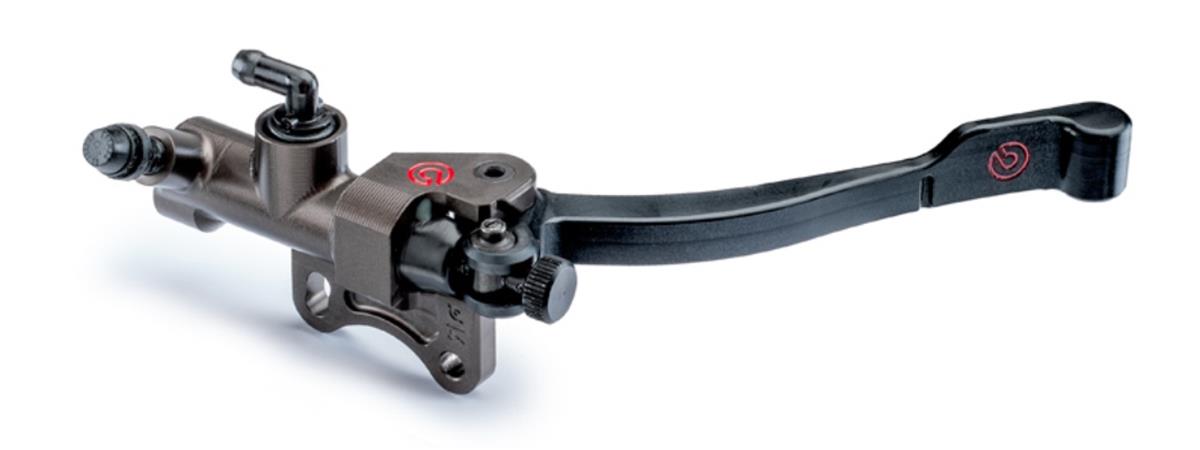
1) Superbike riders choose Brembo
After the blowout in 2015 when Brembo brakes equipped the winning bikes in all 26 seasonal races, a good part of the teams have decided to renew their trust in the world leader of braking systems. Of the 24 riders representing 14 teams registered in the World Championship, a good 18 (11 teams) will use Brembo brakes. This means that almost 80% of the riders have chosen Brembo for the 2016 season.
2) Only steel brake discs, according to regulations
Just like the MotoGP, World Superbikes use monobloc race calipers that are billet machined from a single block of aluminium. The biggest difference compared to the prototype has to do with the discs: the Superbike uses steel (MotoGP carbon) and boasts smaller measurements in terms of both the thickness and the diameter, which oscillates between 328 and 336 mm according to the circuit (depending on how demanding it is on the brakes) and the requirements of the teams and riders.
The choice of the master cylinder is also left to the riders, who can choose among different combinations of inter-axle differentials and pistons for the front master cylinder, each combination characterised by a specific feeling that ranges from more modular to more immediate and reactive. Some use just a thumb brake master cylinder, others combine it with the pedal.
